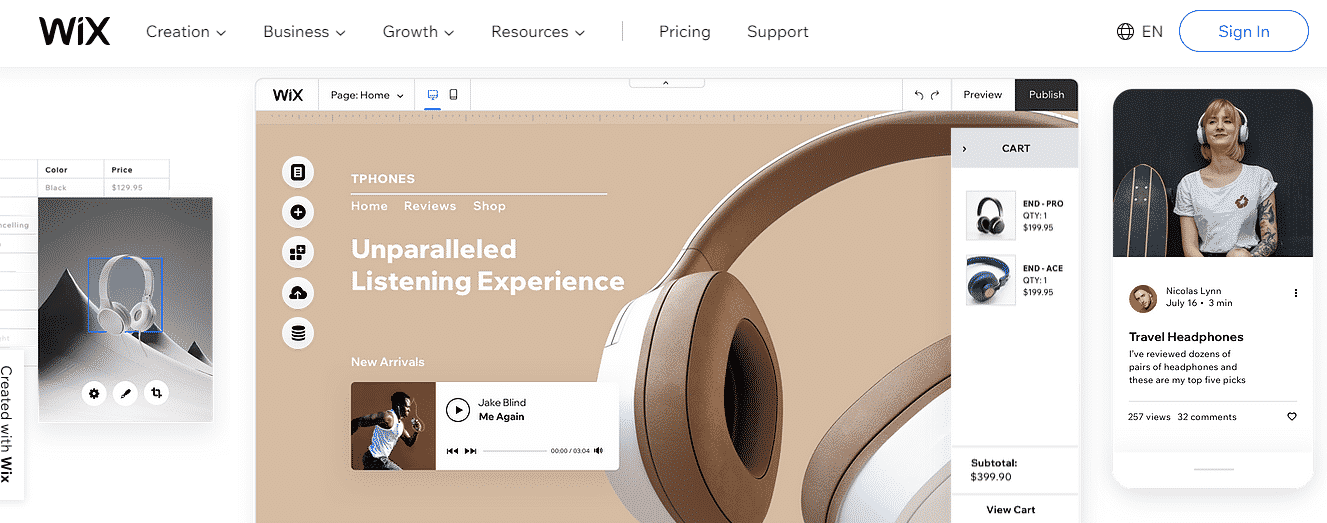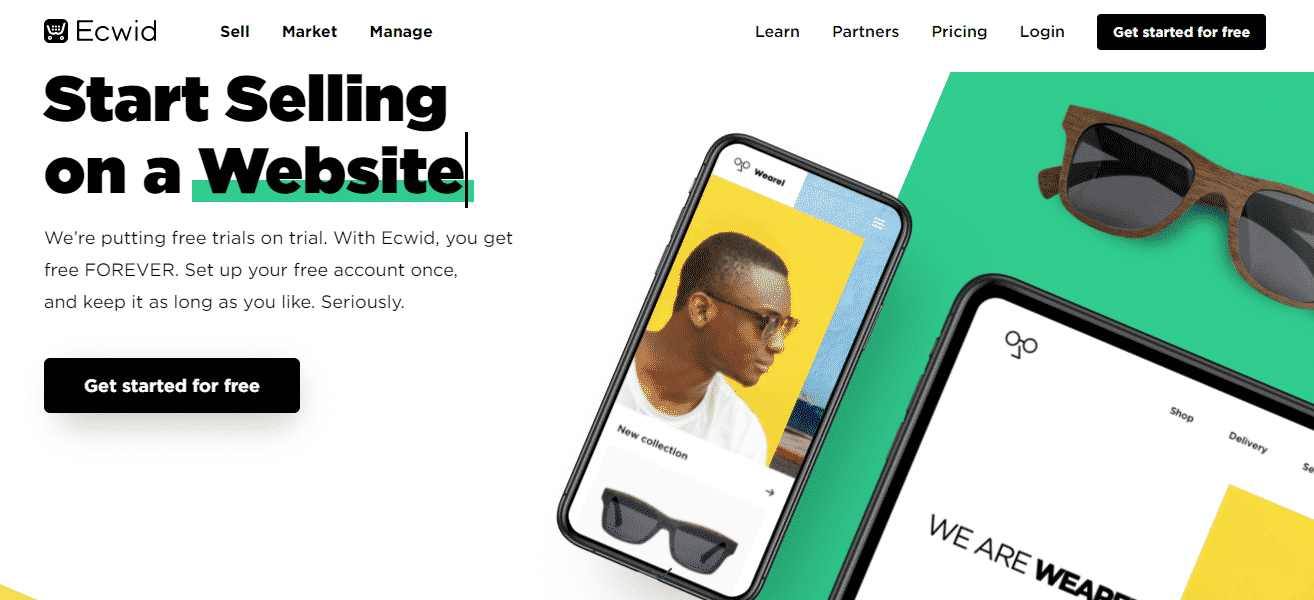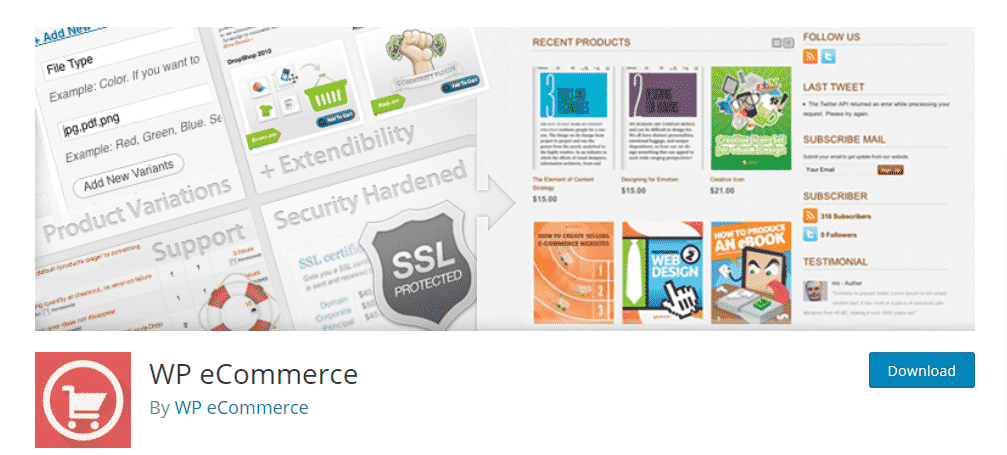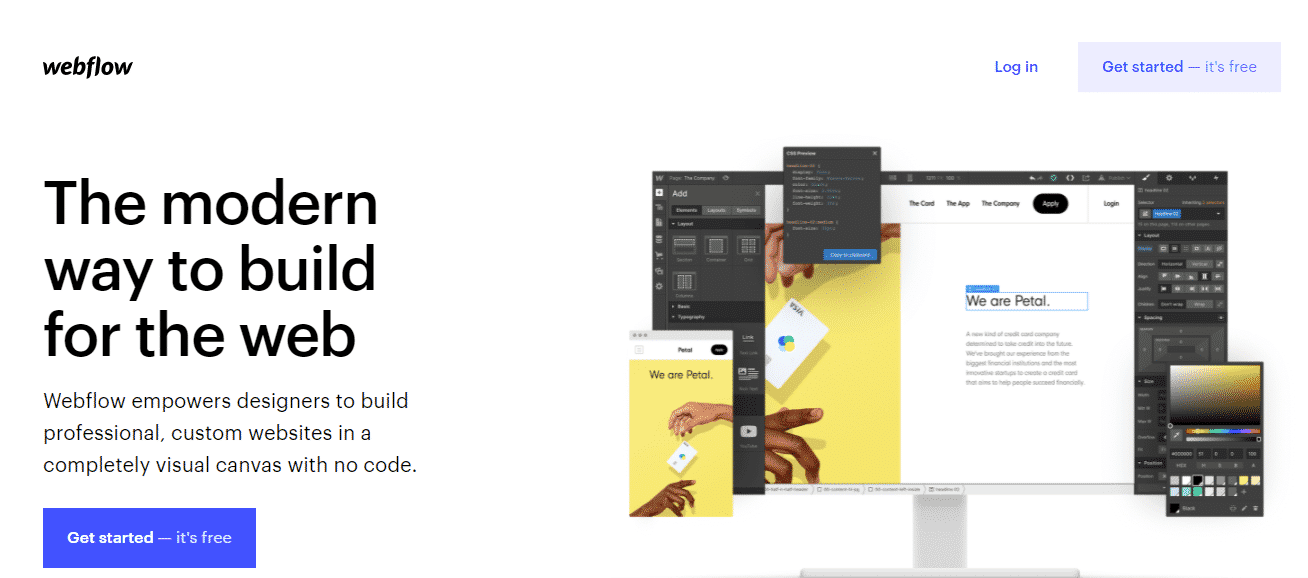Ecommerce software like WooCommerce makes it easy to start an online shop. Don’t get me wrong, WooCommerce is a great choice because it’s free, open-source, and highly extensible, but there are excellent WooCommerce Alternatives out there you should consider using instead. Ever since Amazon started selling more than just books, the world of eCommerce has exploded – and the majority of buying and selling that happens in the world will happen through online platforms and eCommerce software, like WooCommerce.
Ecommerce software allows anyone to set up a store and start selling: Thousands of businesses have had their start this way, and many successful and established brands have increased their success rate by embracing eCommerce alongside (or even instead of) brick-and-mortar business ventures.
Also Read: Top 7 Online Reputation Management Tools
But the truth about WooCommerce is that while a lot of people continue to use it, many users find the features lacking – and find that WooCommerce takes too big of a cut of the cash for what they offer. If you’ve been using WooCommerce for a few weeks or months (or you’ve just signed up), you might have already found that most of the cons mentioned above are true. The good news is that there are plenty of alternatives and competitor sites like WooCommerce out there.
Table of content
Let’s know about WooCommerce Alternatives in brief:
1. Shopify

Shopify was launched in 2004. It’s one of the leading eCommerce platforms right now, and one of the first viable alternatives that users consider when they switch over from WooCommerce. If you want ease of use for both you and your customers, Shopify is a great choice.
Shopify allows you to build an eCommerce site without writing a single line of code. They help manage everything for you including payment processing, generating invoices, and managing your catalog, and everything else you need to run a successful online store
Key features:
- Acceptance of 70 payment gateways, including credit card and PayPal.
- A professional point-of-sale system that functions entirely online.
- Automatic fraud analysis.
Pros:
- Shopify is one of the easiest ways to build an online store for your business.
- Shopify takes care of the backend technical maintenance of running a store for you.
- Automatic fraud analysis for transactions that get flagged.
- 100+ professional themes (both free and paid).
- The ability to list an unlimited amount of products, and unlimited bandwidth.
Cons:
- The plans aren’t free, but they are worth paying for.
- Shopify Lite (for mobile) can be lacking in features as opposed to the full version.
2. Wix

Wix is a platform that’s best known for helping people to set up free websites and blogs for their brands and businesses. It doesn’t just help you to build websites, but it’s also a good way of building an eCommerce website too.
Thousands of people choose Wix, and it has become one of the strongest alternatives alongside WooCommerce and Shopify, currently powering millions of websites all over the internet.
Key features:
- Wix has a free plan and paid alternatives for people who want to set up an eCommerce website.
- The Wix Website Builder is easy to use, although might become limiting for larger websites or more advanced users.
- Wix allows you to build websites according to templates, which is great for users who are still finding their feet around building a website.
Pros:
- Wix is very easy to use if you’ve never built a website or eCommerce store before.
- 100s of templates and drag and drop website builder that is made with beginners in mind.
- Wix websites are easy to put together, but there’s a lack of coding ability for more advanced users who already know what they would like to build.
- Buying and selling through the Wix eCommerce platform are easy.
Cons:
- One of the first cons of the Wix platform is the fact that all websites built on the free plan come are a “Wix site” with the Wix domain – unless paid.
- Paying for Wix is cheap for the first few months but is likely to get expensive in the long run.
- Wix isn’t primarily built with eCommerce in mind, is a bit limited in this space.
3. BigCommerce

BigCommerce is an eCommerce solution that a lot of users out there might not have heard of yet, but this doesn’t make it lacking in either features or functionality. BigCommerce stands on its own, and it’s just as powerful as equivalents such as Shopify and BigCommerce is great for eCommerce ventures who don’t want their selling platform to have a lot of fuss to it.
Key features:
- BigCommerce integrates with WordPress, has the frontend powered by WordPress, and the backend by Bigcommerce.
- The option of integrating your eCommerce selling platform with several different site options, whether your main site is based in WordPress, Wix, or any other of the options out there.
- eCommerce software that is scalable and suits large and small business ventures alike.
- Bigcommerce happens to support several payment options, where some eCommerce options are limiting (especially for international customers or clients).
Pros:
- Bigcommerce offers a training program for anyone new to the business of eCommerce and sales.
- The Bigcommerce platform allows you to market your products right from the platform instead of needing any other add-ons.
- Store setup and design are pretty easy, even for novices.
Cons:
- Expensive, especially for larger stores and long-term users.
- It’s been criticized for being hard to use when it comes to specific features such as inventory management.
- Bigcommerce prefers exclusivity: Either use them or switch completely!
4. Ecwid

Ecwid is one of the more obscure eCommerce options (and it might not be as famous as Shopify or WooCommerce), but it has become an option that can hold its weight when compared to the rest.
Key features:
- An automated selling process from start to end with very little need to interfere beyond setting your specifications.
- Mobile-friendliness, which is something that a lot of eCommerce platforms can’t say for their selling platform.
- Easy inventory no matter how many items you sell through it.
- You can easily sync and sell across your website, social media.
Pros:
- Their “Free Forever” plan is useful for anyone who would like to start an online shop.
- Their selling tools are easy-to-use, but only once you get the hang of things.
- The inventory management is easier through Ecwid than through comparative eCommerce platforms out there such as WooCommerce.
Cons:
- Even though Ecwid is a strong competitor for the mainstream selling options, it has still received a lot of criticism for being harder to use than platforms like Shopify.
- Ecwid has a “Free Forever” plan, but this is very limiting for advanced users who want to control every aspect of the selling process.
- Signing up with Ecwid is cheap, but once you want to get more out of it, you’ll pay more, too.
5. WP eCommerce

WP eCommerce is one of the best eCommerce options to sign up with if you’re new to the business (or want to switch your commerce option over from what you have now). It works well for both advanced users and novices but can get expensive if you want more functionality.
Also Read: 7 Strong Reasons to Invest in Digital Business Cards
Key features:
- WP eCommerce is easy to use when it comes to setting up your platform and selling.
- Added features of WooCommerce include the option to add coupon codes and other useful things for your users.
- Mobile users can find their way around the platform without having the number of features they have access to affected by this.
Pros:
- One of the best things about WP eCommerce is the fact that it’s easy to set up and easy to use, whether you have a small store or a large one.
- The addition of useful features such as coupons for customers makes WP eCommerce great.
- The customer support that WP eCommerce offers is decent, but unfortunately “decent” is all they can say.
Cons:
- If you’re thinking of switching from WooCommerce, then eCommerce is far too similar to be worthwhile.
- WP eCommerce is easy to use, but becomes harder to use the more you would like to do with it: Larger stores mean more effort.
- WP eCommerce is an option that becomes expensive if you choose to level it up beyond their free plan.
- The design feels pretty outdated and looks like it hasn’t been updated for quite some time.
6. Software eCommerce

Square is best known for its POS terminal but they also do eCommerce software. Square is a great eCommerce platform for any newcomers to the online selling space. Their easy-to-navigate platform can be integrated into any main website within just a few minutes – and it’s easy to sell stuff using the main platform once you get going.
Key features:
- Free plan that comes with 500MB of storage and payments are exclusively done via Square.
- Free or paid e-commerce plans that are suited to large or small stores.
- Mobile-friendly selling and buying options make this worthwhile.
- Upgraded plans are available for users who want to expand their reach, network, and available features.
Pros:
- Square is easy to use, comes with a free plan, and is ideal for low-volume eCommerce stores.
- One of the main pros of using Square is the fact that the platform guides you through the first steps of setup where many other eCommerce platforms leave you in the dark.
- Plenty of useful features can be added for customers, including discounts, special offers, and coupon codes with just a click.
- Several payment options are supported through Square, including PayPal.
Cons:
- Simply, Square isn’t the cheapest and you’re better off with alternatives like Shopify if you’re on a budget.
- Sometimes squares can be hard to navigate for newcomers to use.
- Limited features, customization, and payment options.
- Tech support isn’t always as useful as it should be
7. Webflow

Webflow hasn’t been around for as long as other options like WooCommerce and Shopify, but it’s grabbed a pretty large chunk of the overall market share already. With Webflow eCommerce, you can build and design your online store, customize every little detail of your website, shopping cart, and checkout experiences.
Key features:
- Webflow’s visual “no-coding” builder lets you customize every little detail of your website, shopping cart, and checkout experiences.
- The option to list an unlimited amount of items for sale through the inventory.
- Coupon codes and special offers or discounts for customers, which you can add with just a few clicks.
- Free plans or paid plans depending on what you’re looking for.
Pros:
- Webflow gives you complete design freedom, it’s a completely customizable eCommerce platform.
- The selling platform for Webflow is easy-to-use.
- Integration is easy and seamless, whether you know HTML or not – and whether you’re used to commerce selling platforms or not.
- Webflow supports a few more payment avenues than other forms of selling platforms.
Cons:
- Launching websites, eCommerce capabilities were added later on.
- You’re better off figuring the options out on your own rather than relying on Webflow’s customer support or helpline to help you.
- Webflow has a serious lack of features for the money you pay when you move over to their paid options.
- Right now you can only use Stripe or PayPal as your payment provider, and there’s no POS.
Conclusion:-
We hope this article helped you learn about the best WooCommerce alternatives and when they can be a better solution. You may also want to see our list of proven and easy-to-start online business ideas that make money. Thank-you.
Interesting Read
How to Use Youtube Analytics for Video Performance
Best Free Online Screen Recorder Tools to Create WordPress Tutorials







